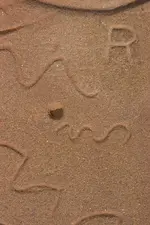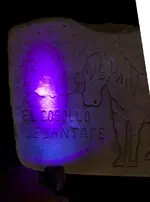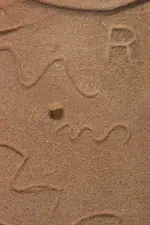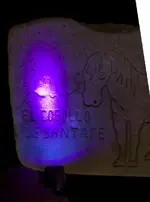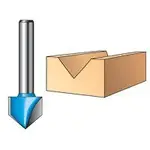Springfield
Silver Member
- Joined
- Apr 19, 2003
- Messages
- 2,850
- Reaction score
- 1,388
- Golden Thread
- 0
- Location
- New Mexico
- Detector(s) used
- BS
gollum said:.... If your theory flies in the face of KNOWN history, I immediately become incredulous.
Best-Mike
Bingo. A fork in the road - one well-traveled (credible), one less traveled (incredible). As you say, Mike, the world has no shortage of ranters, but once in awhile somebody tries to tell you the world isn't flat. Then what?



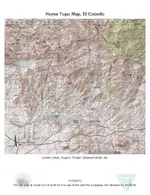
![El Cobollo_Topo_Map Ele_Butte, Roger\'s Trough_Page_1 [Desktop Resolution].webp](/data/attachments/420/420002-df1c6a0cd6f092672830dcd50e5a1c5f.jpg?hash=6QmakkTtBM)

